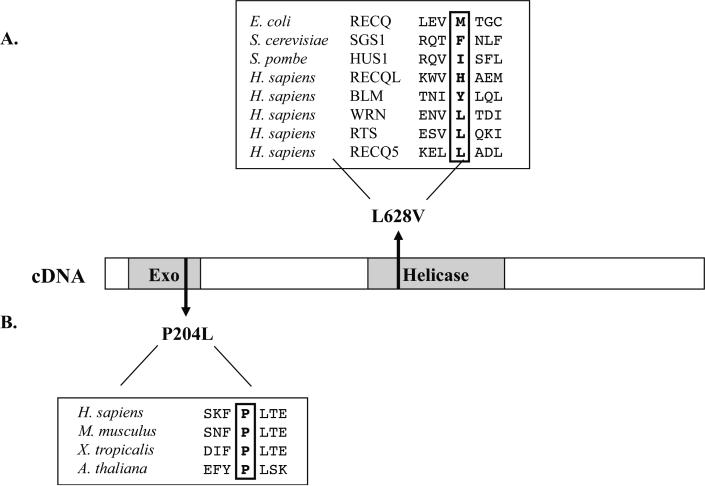Fig. 2. Location of two novel non-synonymous polymorphisms identified in WRN.
(A) L628V results from a C to G transversion in exon 16 of the WRN helicase domain. Amino acid sequence comparisons of the helicase regions of other RecQ-family DNA helicases indicate that L628 is a poorly conserved residue. (B) P204L results from a C to T transition in exon 6 of the WRN exonuclease domain. Amino acid sequence comparisons of WRN exonuclease homologues show that the proline at this position is strictly conserved.

